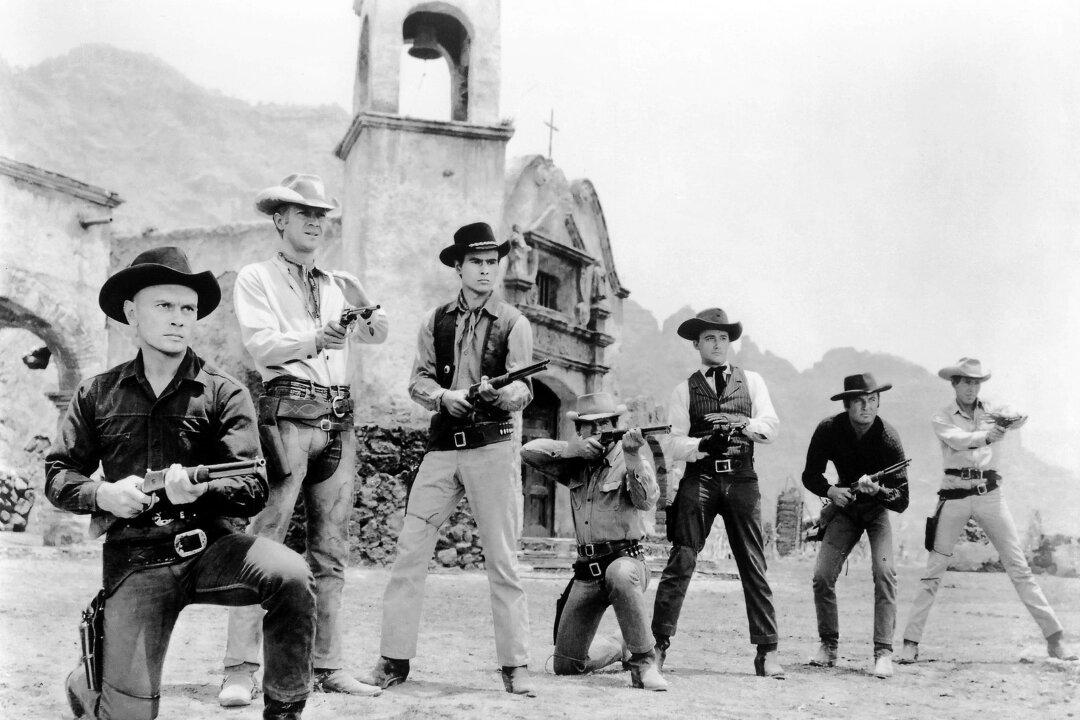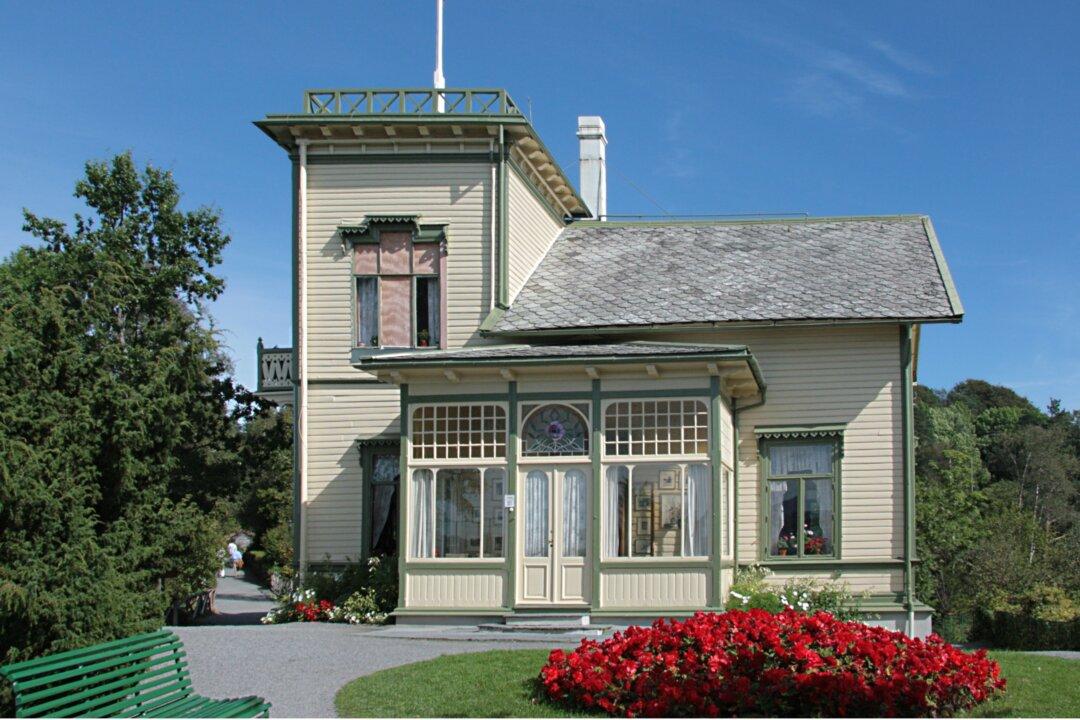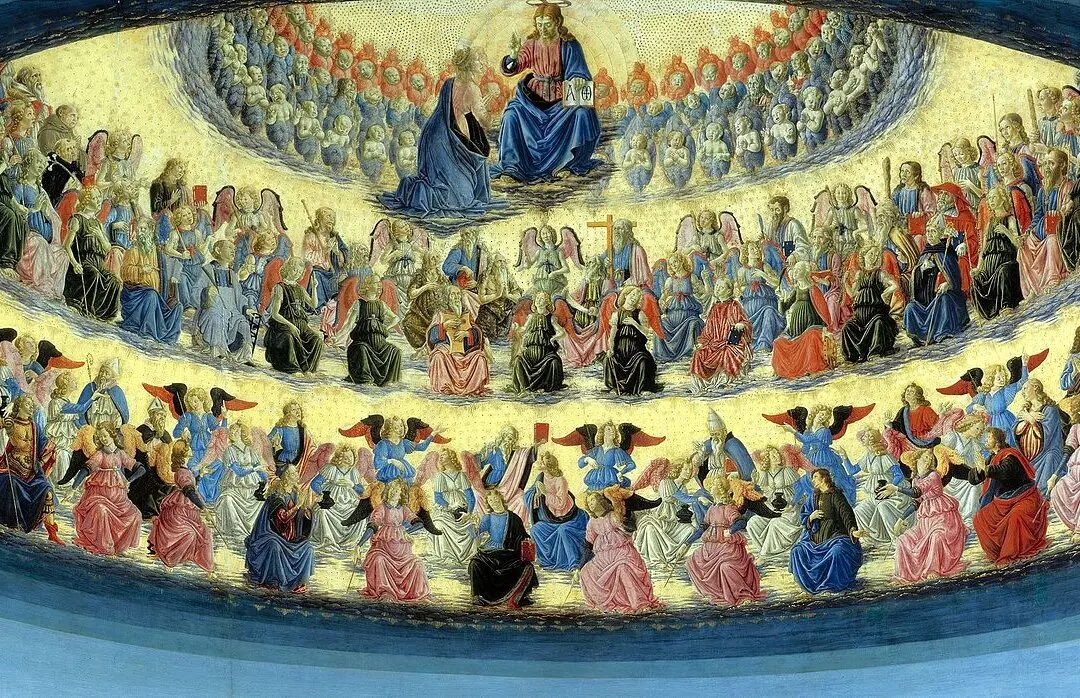Igor Stravinsky once said, “Music has no meaning.” But Stravinsky never scored a film. He composed music intended for several movies, all of which the film producers declined.
The sounds we associate with different visual and emotional content aren’t random, but inherent in the way we hear music. They are meaningful. This is the artistic bread-and-butter of film composers.






